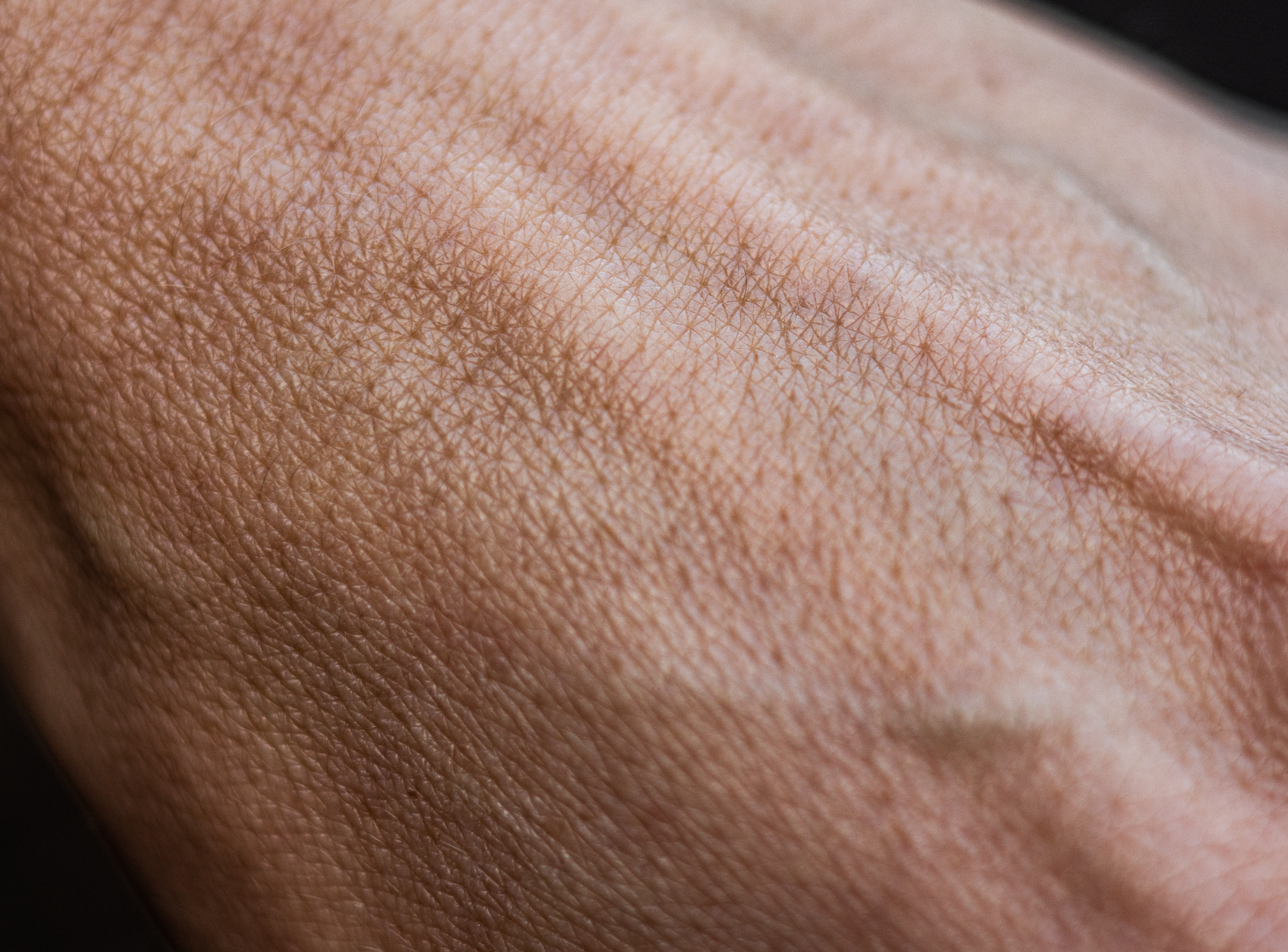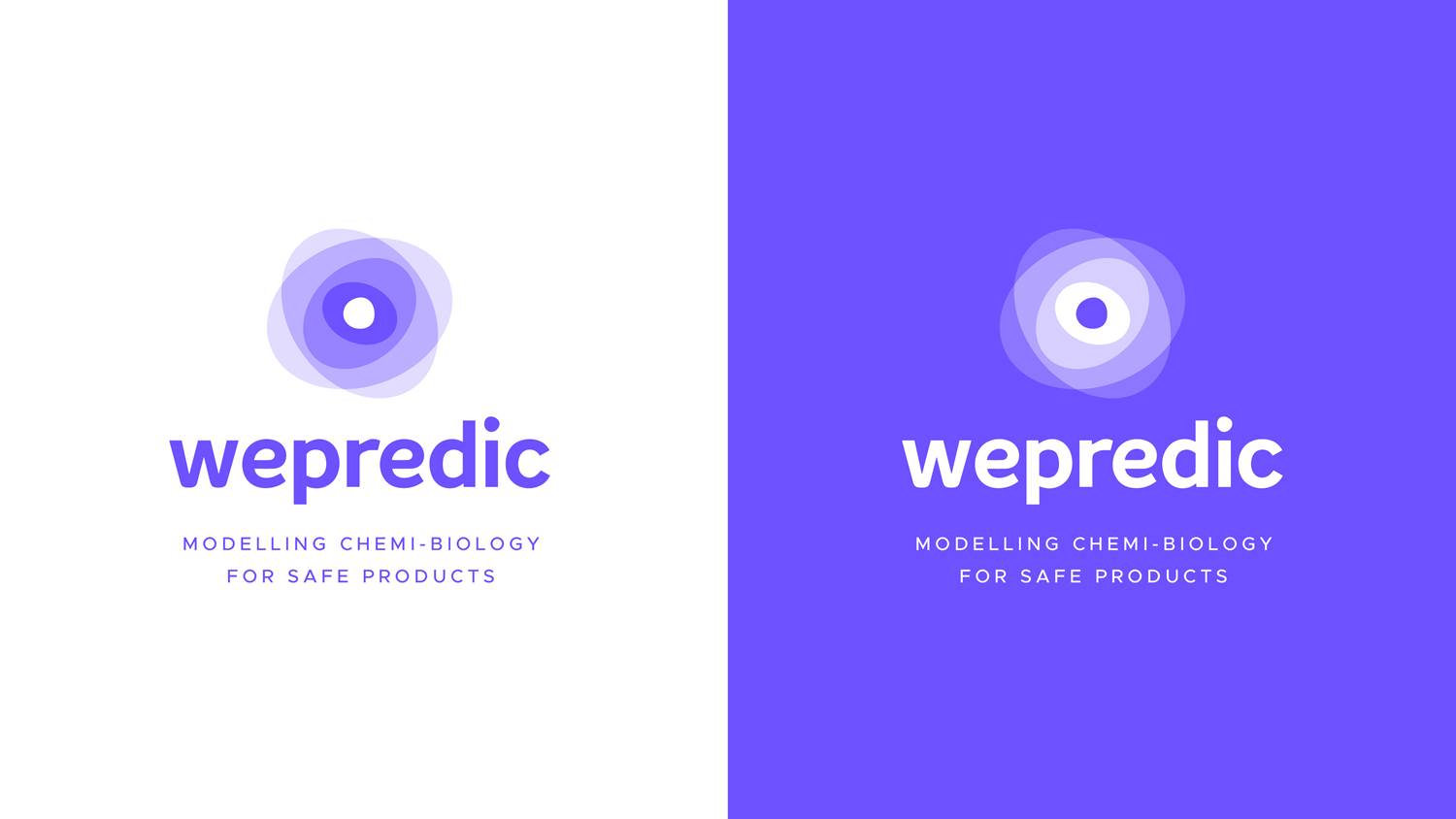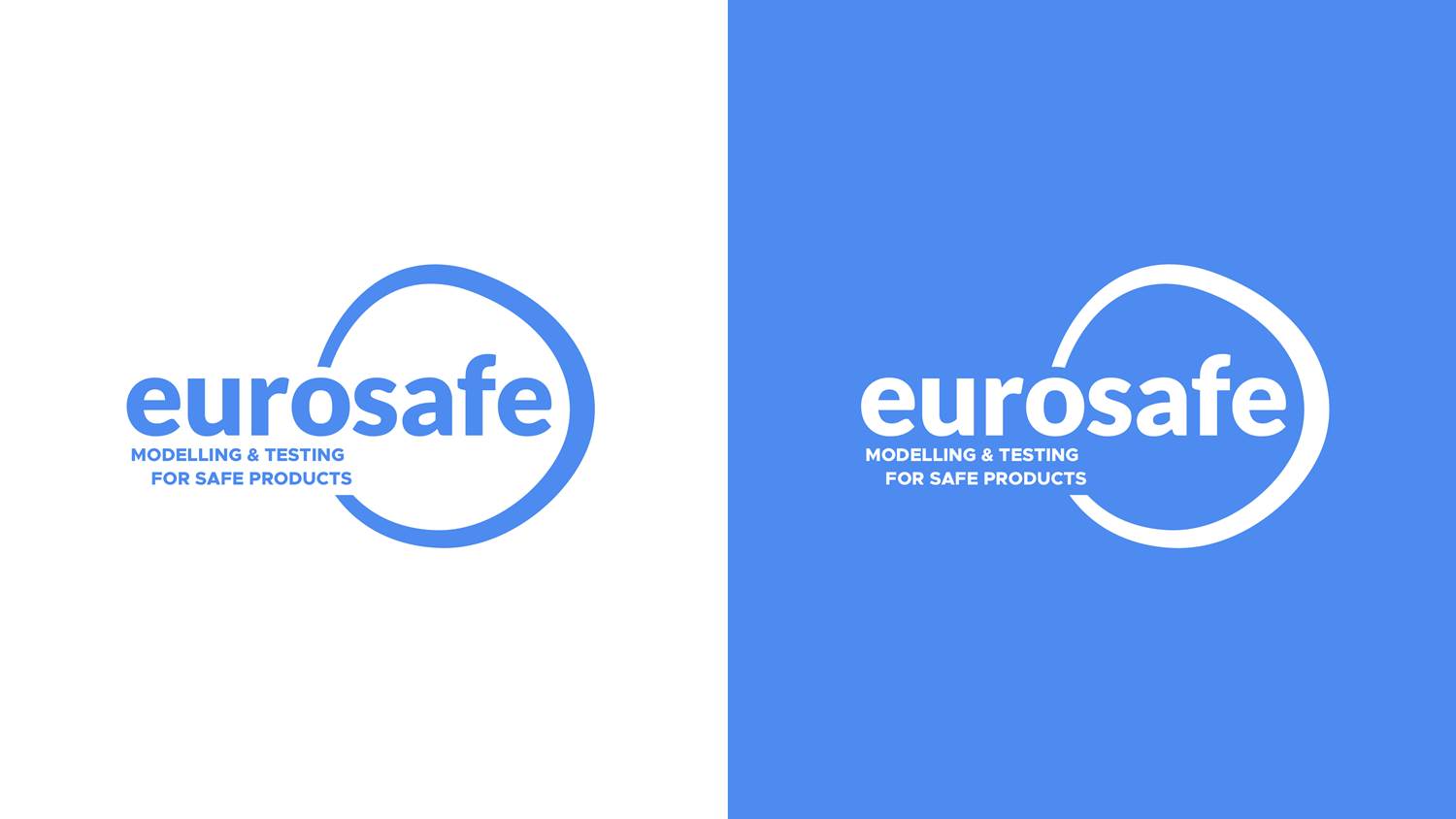__Eurosafe sera présent au 58e meeting annuel de la SOT à Baltimore du 10 au 14 mars 2019, stand #4274.
Notre équipe sera représentée par :
- Fanny Ben Taarit, Pharm D., Toxicologue Règlementaire
- Solenne Martin, PhD, Responsable Développement
- Cécile Mounier, Responsable Commerciale
- Ashwani Sharma, PhD, Directeur Commercial - Responsable de projet (In Silico)
Venez rendre visite à l'équipe Eurosafe au stand #4274, et n'hésitez à prendre RDV avec un membre de notre équipe !
Notre équipe présentera 3 posters :
In-Silico Modelization of Compounds Interaction with Bile Salt Export Pump (BSEP): An Alternative Approach to Predict Hepatotoxicity - Ashwani Sharma
- Session Title: Computational Toxicology II
- Presentation Date: 3/12/2019 9:15:00 AM to 3/12/2019 4:30:00 PM
- Author-Attended Time Block: 3/12/2019 10:45:00 AM to 3/12/2019 12:15:00 PM
Safety Assessment of Cosmetic Ingredients and Chemicals for Skin Sensitization Using QSAR In-Silico Tool - Solenne Martin
- Session Title: Safety Assessment: Nonpharmaceutical
- Presentation Date: 3/13/2019 9:15:00 AM to 3/13/2019 4:30:00 PM
- Author-Attended Time Block: 3/13/2019 1:30:00 PM to 3/13/2019 3:00:00 PM
Cosmetics Exposure Data: Particular Case of Children from Birth - Fanny Ben Taarit
- Session Title: Safety Assessment: Nonpharmaceutical
- Presentation Date: 3/13/2019 9:15:00 AM to 3/13/2019 4:30:00 PM
- Author-Attended Time Block: 3/13/2019 1:30:00 PM to 3/13/2019 3:00:00 PM
Presentation Location: CC Exhibit Hall



